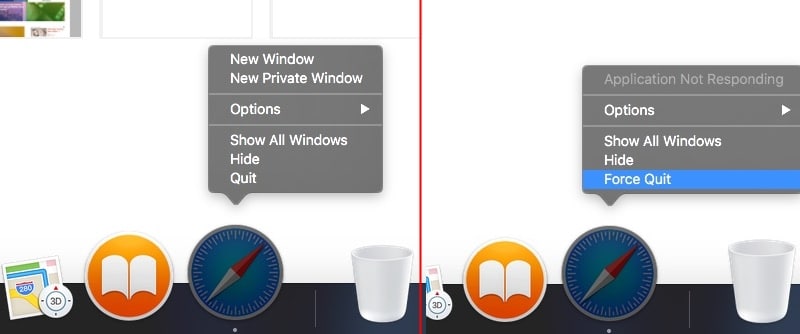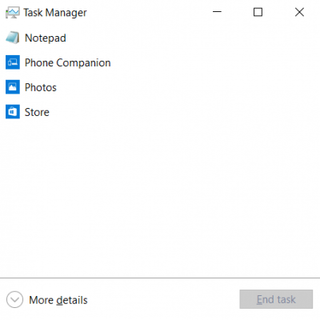

- Quit all programs shortcut mac how to#
- Quit all programs shortcut mac mac os x#
- Quit all programs shortcut mac install#
- Quit all programs shortcut mac mac#
Quit all programs shortcut mac mac#
Once Activity Monitor opens, you will be able see a list of All the Processes or Applications currently running on your Mac (See image below)Īs you can see in the above image, there are 5 different tabs in the Activity Monitor -> CPU, Memory, Energy, Disk and Network.Ĭlicking on each tab will show you more details, for example, clicking on the Memory Tab will show you how much memory each process is using. In the Utilities folder, click on Activity Monitor which should be the first item in Utilities Folder (See image below)Ĥ. Click on the Finder icon located in the left corner of the Dock (See image below)Ģ. On the next screen, click on Applications in the left sidebar menu and then click on the Utilities folder.ģ.

The Activity Monitor provides a very good view of the App and processes running on your Mac and the amount of resources being uses by these Apps and Processes.ġ. Show All Running Apps and Processes On Mac Using the Activity Monitor on MacĪctivity Monitor can be described as the Mac equivalent of a Task Manager in a Windows computer.
Quit all programs shortcut mac how to#
If the problem continues to occur, go to the next step.įor information about how to clean start your operating system, see How to use a "clean startup" to determine whether background programs are interfering with Office for Mac.įor information about how to remove and then reinstall Office, see Troubleshoot Office for Mac 2011 issues by completely uninstalling before you reinstall.In general, the purpose of taking a look at All the Running Apps and Programs on your Mac is to get an idea of which programs are actively running on your Mac, what resources they are using and also to rule out the possibility of any unnecessary programs running in the background and using up resources on your computer. If the problem seems to be resolved, you can move the toolbars file to the trash. If the problem still occurs, quit Excel, and restore the file to its original location. If you located the file and moved it to the desktop, start Excel, and then check whether the problem still occurs. If you do not locate the file, the program is using the default preferences. If you located the file, move it to the desktop. Look for a file that is named Excel Toolbars (12) or Microsoft Excel Toolbars. To display this folder, hold down the OPTION key while you select the Go menu.
Quit all programs shortcut mac mac os x#
The Library folder is hidden in MAC OS X Lion. On the First Aid tab, select Repair Disk Permissions.

Quit all programs shortcut mac install#
Step 4: Remove and then reinstall Officeįor information about how to remove and then reinstall Office, see How to download and install or uninstall Office 2016 for Mac. If the problem continues to occur, go to the next step. It will also re-create a folder in the ~/Library/Group Containers location.įor information about how to clean start your operating system (OS), see How to use a "clean startup" to determine whether background programs are interfering with Office for Mac. This will reset Office back to the first-run phase of initial set up.


 0 kommentar(er)
0 kommentar(er)
